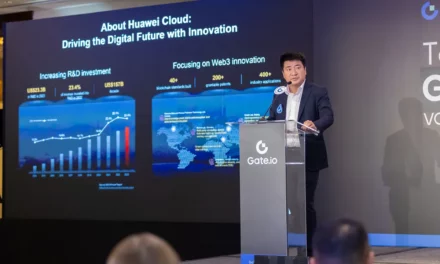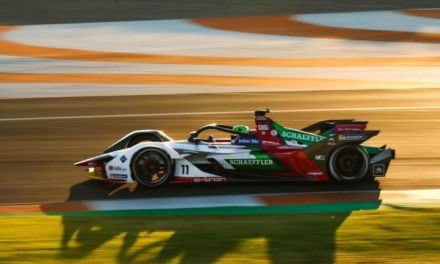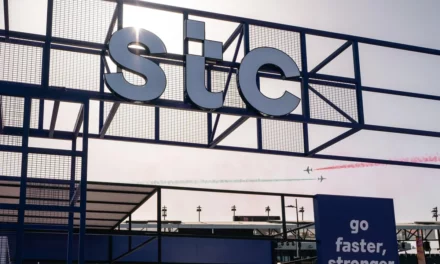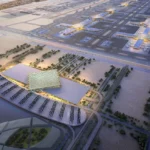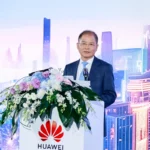
Using the senses of the CUbE – Continental Urban Mobility Experience provides safety of driverless vehiclesState-of-the-art hardware and software allow the driverless vehicle to cope with typical inner-city traffic situations.
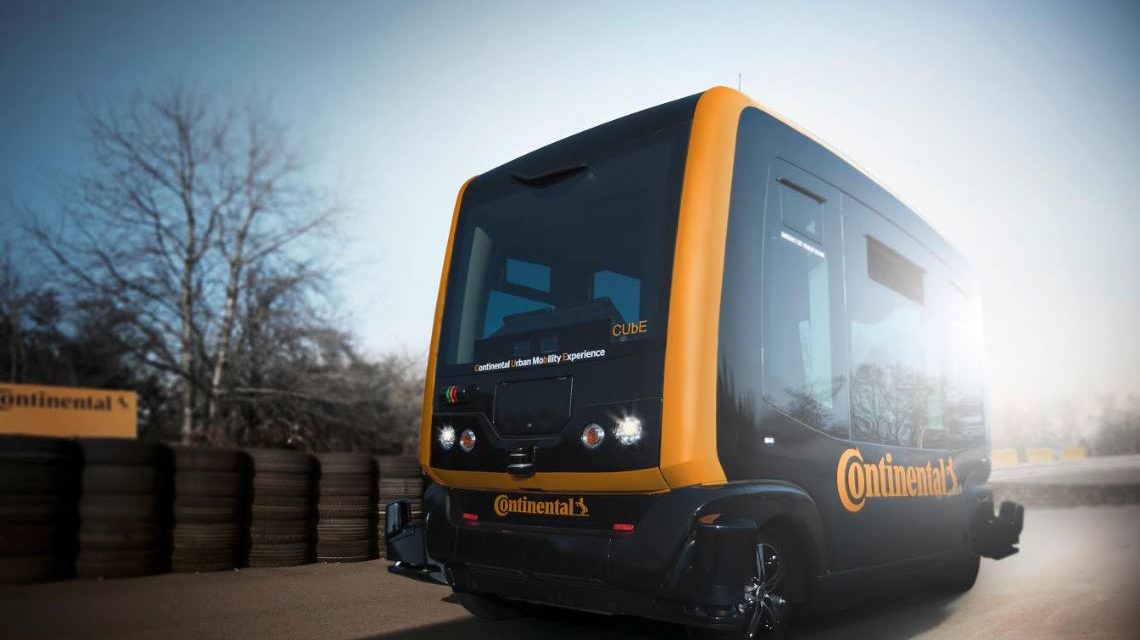
Continental, the leading automotive and technology company, unveiled at the 2017 Frankfurt motor show (IAA) the CUbE (Continental Urban Mobility Experience), an innovative and convenient application, developed to help the vehicle reach a required destination safely and comfortably without a driver. A reality that has been realized by Continental, CUbE is a development platform for the wider range of the company’s technologies that are needed to advance the operation of future driverless mobility systems.
Autonomous, electrically powered vehicles – without a driver, steering wheel or brake pedal – are expected to make an important contribution to improving the traffic situation and consequently the quality of life in urban areas. In alignment with the development of driverless mobility, Continental has acquired a minority share participation in the French company EasyMile SAS.
“We are partnering with EasyMile to enhance our capabilities in the development of technologies for fully autonomous driving in all urban areas – not just those the cars have been trained for,” explained Dr. Elmar Degenhart, Chairman of the Continental Board. “By 2050 more than two-thirds of all people will be living in cities, twice as many as today. For seamless mobility, the cities of the future will require enhanced shared mobility systems. These include new fleets of robot taxis: automated vehicles that are in fact small computers on wheels – electrically powered and extremely efficient. Our systems will make such vehicles more cost-effective, environmentally friendly, convenient, and safe.”
If driverless vehicles are to share the highways with other road users in the future then they must master the entire SensePlanAct chain of effects involved in driving. They must acknowledge the vehicle’s environment, interpret traffic situations correctly and act accordingly. Continental is already looking into the challenges which face the urban environment including the recognition of the properties of streets, sidewalks, traffic signs, traffic lights, actions of pedestrians, cyclists, and cars, in order to adapt the vehicle’s driving strategy accordingly.
Position determination is performed in the background undetected by the passengers. As well as using high-precision GPS as a reference, Continental also works with innovative algorithms including a central control unit ADCU (Assisted & Automated Driving Control Unit) compares the current echo from the installed radar sensors with the known radar echo from an echo map and a radio solution with transmitters on the edge of the route that provide precise distance measurements to further improve its operations.
At present, CUbE perceives its environment by means of its own radar sensors and cameras that have proven their reliability millions of times as series components. In the medium term, Continental’s laser-based sensors (LiDAR) will also become part of the sensor platform.
Thanks to the installed sensors, CUbE identifies pedestrians and communicates with them by means of an external display, giving priority to anyone who is in the vehicle’s path. CUbE recognizes traffic lights, their position, and the switching phase, thus allowing a perfect integration of the vehicle into the traffic flow. CUbE also uses a camera and Vehicle-to-X (V2X) communication to communicate with the traffic light system. The combination of the two technologies is one of many examples of redundant system solutions that are necessary to ensure safety in many areas.




